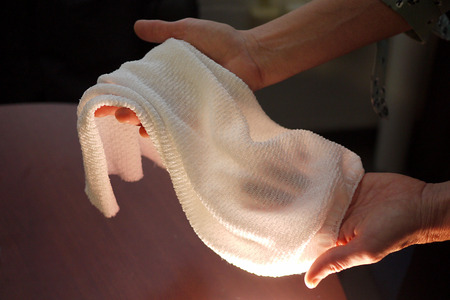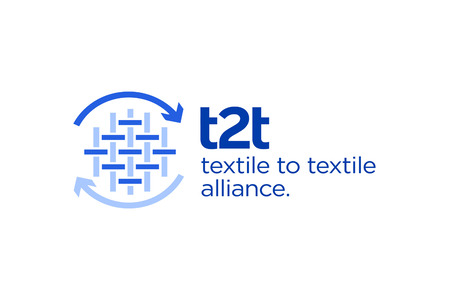
Vinatex remains pessimistic about 2016
YarnsandFibers News Bureau 2016-01-28 17:30:00 – HanoiVietnam will be able to attract other markets only when Vietnam can increase the production of input materials said Hoang Ve Dung, deputy general director of Vinatex. Although Foreign direct investment in the textile and garment sector of Vietnam has increased sharply recently. A report shows that FDI capital registered in the last year reached $1.5 billion, equal to total domestic investment.
The Vietnamese textile and garment companies have to slash selling prices to compete with rivals from China, India and Malaysia.
Competing with China will remain a headache for Vietnamese companies although the Chinese labor costs have increased. Chinese manufacturers still have great advantages in comparison with Vietnamese, because they can control the input material supply.
Vinatex remains pessimistic about 2016. The group plans a productivity increase of 11 percent in 2016, and aims to have revenue increase by 8 percent only.
Tran Viet, a senior executive of Vinatex, said that Vinatex was cautious in planning the production plan this year because exchange rate fluctuations may affect business performance. The high valuation of the dong was one of the reasons that caused Vinatex’s profit to remain unchanged despite higher revenue.
The director of a garment company which has been making products for US and Japanese partners for the last 10 years admitted that the company was facing difficulties because the number of orders was dramatically low last year.
In 2014, seeing that market demand was increasing, the company decided to set up a new factory in Binh Duong province. However, the number of orders has not increased as expected.
Many small companies in the north, south, as well as HCM City and Tay Ninh have decided to put their workshops up for sale because things are getting more and more difficult for them. The prices offered are between VND60 million and VND35 billion, depending on the operational time and factory scale. Not only small businesses, but big corporations are also meeting big difficulties.
Meanwhile, cotton and polyester filament prices have decreased sharply, affecting fiber manufacturers: clients broke contracts or asked for price reductions.
Market Intelligence
Ask for free sample Report

experience
Customer Base
dedicated team
Countries Served Worldwide









